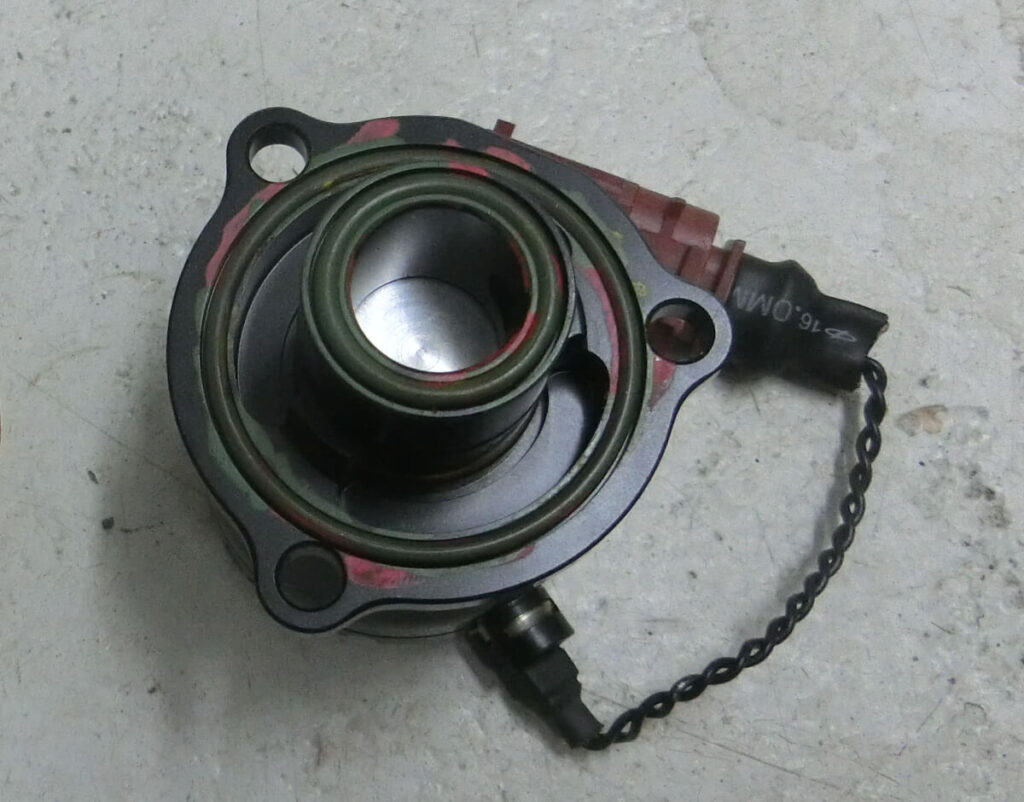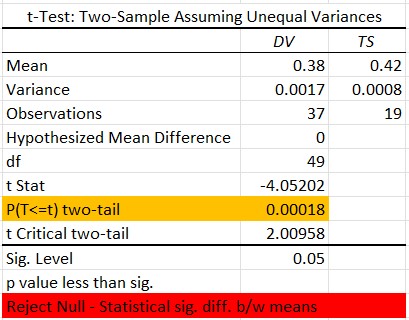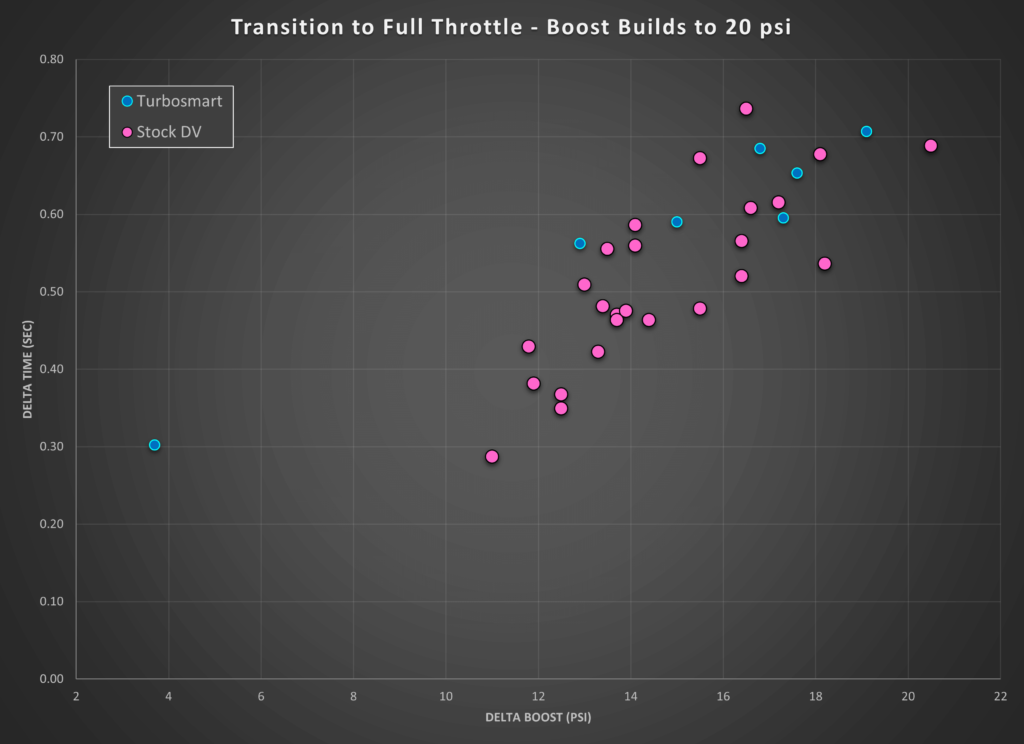Background:
This post discusses a test using the Turbosmart diverter valve for the Mk7 GTI. Previously a comparison between the Mk7 GTI stock Diverter Valve (DV) and a Forge Blow-Off Valve (BOV) was conducted.

The results from the BOV vs DV test showed that there were slight differences between the measures taken using each product. EQT loaned a Turbosmart diverter valve that I have tested in a manner similar to the other recirculation valves.

Test Procedure:
Measures of the boost pressure changes with the Turbosmart DV are made using a Mk7 GTI with a DSG transmission set to manual mode. The accelerator pedal is modulated to simulate a gear shift with a manual transmission. The simulated shift is shown on the chart below by the dark blue Accelerator Pedal Position line. The light blue line is a manual transmission shift.

The accelerator pedal is lifted to the 0% position and the time for boost pressure to decrease is measured.
A recovery measurement is made that calculates the time from when the Recirculation Valve closes to when the boost pressure reaches a minimum value.
A third measure of comparison is the time for boost pressure to increase to 20 psi following the accelerator pedal going to the 99% position.
Test Results:
The Turbosmart Bypass Valve time for boost pressure to drop is compared with the stock GTI DV in the chart below:

Due to the initial drop in boost pressure being slightly irregular with the Turbosmart valve overlaying the initial boost drop is difficult.
The rate of boost pressure drop is similar to the stock DV for the first half of a second.
After boost pressure drops below approximately 8 psi the Turbosmart has a slightly slower rate of boost pressure drop.
Comparing sample data with a boxplot shows that the initial drop to 10 psi appears to be slightly faster with the stock DV.

A t-Test is used to account for sample variations, asking the question “is the average time to drop the pressure to 10 psi the same for both bypass valves?”

The difference between the sample data is statistically significant, indicating that the value of the pressure drop times is not likely to be the same for these two products.
Although the difference in times is statistically significant, it is only 0.04 seconds different, which is likely to be too brief to make a difference to the vehicle parts or the operator.
The Recovery Time for boost pressure to stop dropping when the Valve is closed is shown next.
The overlap of the boxplots indicates these samples are very similar.

Again, a t-Test is performed using the sample data.
In this case, the difference is determined to be not statistically significant.

The third comparison is of the time that it takes for boost pressure to rise to 20 psi after the acceleration position goes to 99%.
This comparison is harder to make because how far the boost pressure falls depends on how long the accelerator pedal is left at 0%. As was shown by the pressure drop curve, boost pressure drops rapidly during the initial fraction of a second that the accelerator pedal is lifted. This test entails lifting off the throttle and then quickly getting back on before the boost drops too far. Trying to gauge when to get back on the accelerator so that the boost stops dropping at the same pressure is very difficult.
To get around this, a sampling of data is compared using a scatterplot to give a trend analysis.

The overlap of sample data suggests that there is not a significant difference between the products using this measure.
Conclusions:
The Turbosmart bypass valve was compared with a stock GTI DV.
Using the performance measures described in this post there was no “operationally” significant difference between the products. A very small statistically significant difference was found with one measure, but the time difference of 0.04 seconds is likely too short to meaningfully affect vehicle performance.
